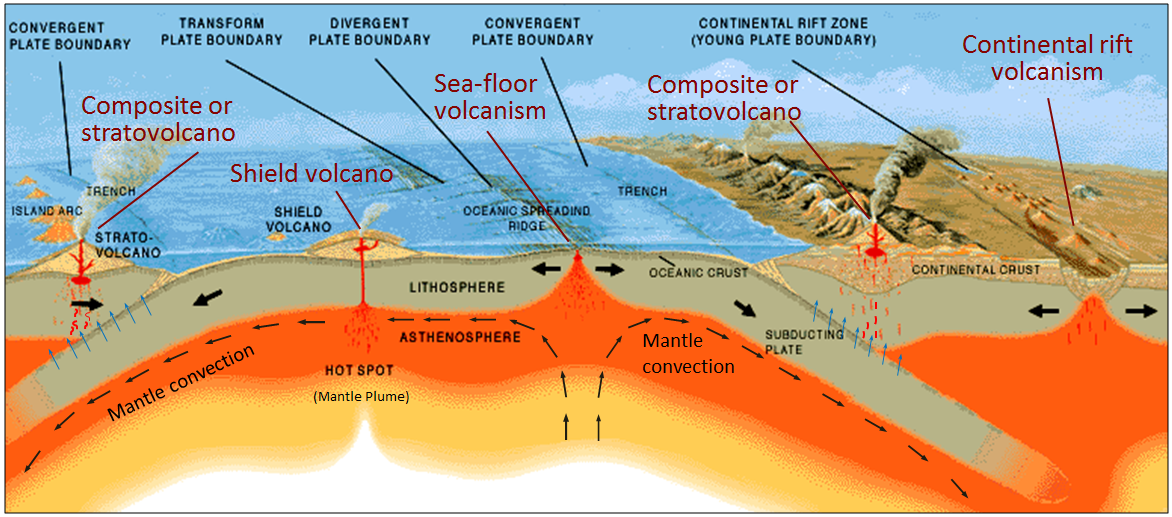Hello everyone! I hope everyone has enjoyed the nice weather this weekend and not melted? As promised, here is an essay (sort of ;) ) on the yarn bases I carry and the inspiration for their names.
First, there is the Caledonian base. This contains 75% merino superwash and 25% nylon and has 425 meters per 100 gram. It's durable, but also very soft! Which makes it perfect for much more than just socks, basically anything you can think of. Scarfs, shawls, hats, cardi’s, sweaters...
Next, there is my Himalayan base. It contains 60% merino superwash, 20% silk and 20% yak. The fingering weight has 366 meters per 100 gram. I will also carry the DK weight this autumn :D. It's luxuriously soft, perfect a special project. How about a sweater out of this?
The Kibaran lace is truly special and I have a soft spot for this one... I promise you, this is the SOFTEST yarn you have ever cuddled! It is 50% baby camel and 50% silk and has 800 meters per 100 gram. That lace project that you have always wanted to make but never got round to? This is the perfect yarn for it ;)
Finally, I will soon be adding some naturally dyed skeins of Alpine. These are 100% merino superwash and super soft. There is 400 meter per 100 gram. This may not be hard wearing enough for socks, but it's perfect for everything else you can think of.
So, now for some theory :) I promised a more in-depth discussion of orogenic events to those interested (if you're not, I won't judge you for clicking away now ;) ). An orogenic event is, in short, a mountain building event, which means there are two tectonic plates colliding. There have been many throughout the long history of the Earth, most occurred millions and even billions of years ago. Those mountains are long since worn down by erosion, some are still recognizable as they form chains of hills, such as the Ardennes or the Appalachians. The very old ones have worn down to their core rocks which were deformed and folded by the intense pressure of plate collision and are only visible in select places. There are a few orogenies still ongoing, such as the Alpine orogeny, which forms the Pyrenees, Alps and the arc continues to the Himalayas. These mountains are also being worn down by erosion, but the ongoing plate collision pushes the rocks up and outpaces the rate of erosion, this is the reason the Everest grows taller every year.
Some more technical talk: there are different types of orogenic events, depending on exactly what is colliding with what. There are two types of tectonic plates: oceanic, which are relatively thin but heavy and underly the world's oceans. The second is continental, which are very thick but buoyant, imagine the continents as corks bobbing on the earth's mantle. Movement of heat and material in the mantle causes magma to rise up in certain places, most notably the mid oceanic ridges. In other places, the movement goes downwards and pulls oceanic plates down into the mantle. When an oceanic plate collides with a continental one, it will subduct (slide down) underneath the more buoyant continental plate. The forces will crumple the overlying plate and the melting sediments on the downgoing oceanic plate will rise up and form volcanoes. The Andes are a modern day example of this kind of mountain building. The other option is the collision of two continental plates, as is happening today in the Himalayas. This kind of collision is much more complex because both parties are buoyant and won't easily move downwards.
The Caledonian event, after which I have called my sock yarn, took place from about 490 to 350 million years ago,
in the Ordovician to Devonian Era. Around 520 million years ago, before the orogeny started, the continental tectonic plates formed roughly two continents, Gondwana and Laurentia. Gondwana started to break up into several pieces, the oceanic plates between the continents started subducting, causing the continents to crawl towards each other and ultimately collide. This collision took place in a broad arc across the globe and started the Caledonian orogeny. Scotland collides with England, Greenland collides with Scandinavia and mountains are built!
Well, I imagine that was rather enough information... Keep an eye out for a post next week on my first natural dyeing experiment!





Useful blog! Indeed, I was thinking about what Caledonian meant when visiting your Etsy store. Very cool, to make up your own names for special yarns, other than titles for colorways. Plus: I like it that you are combining your geo knowledge with yarn stuff.
ReplyDeleteAnd a natural dye experiment... ooooh, you got me hooked! I'll be waiting (fingers drumming on the table) for your next article.
Ciao, Fleur (yep, drum drum drumming her fingers impatiently on the table top - sorry about that * wink* )